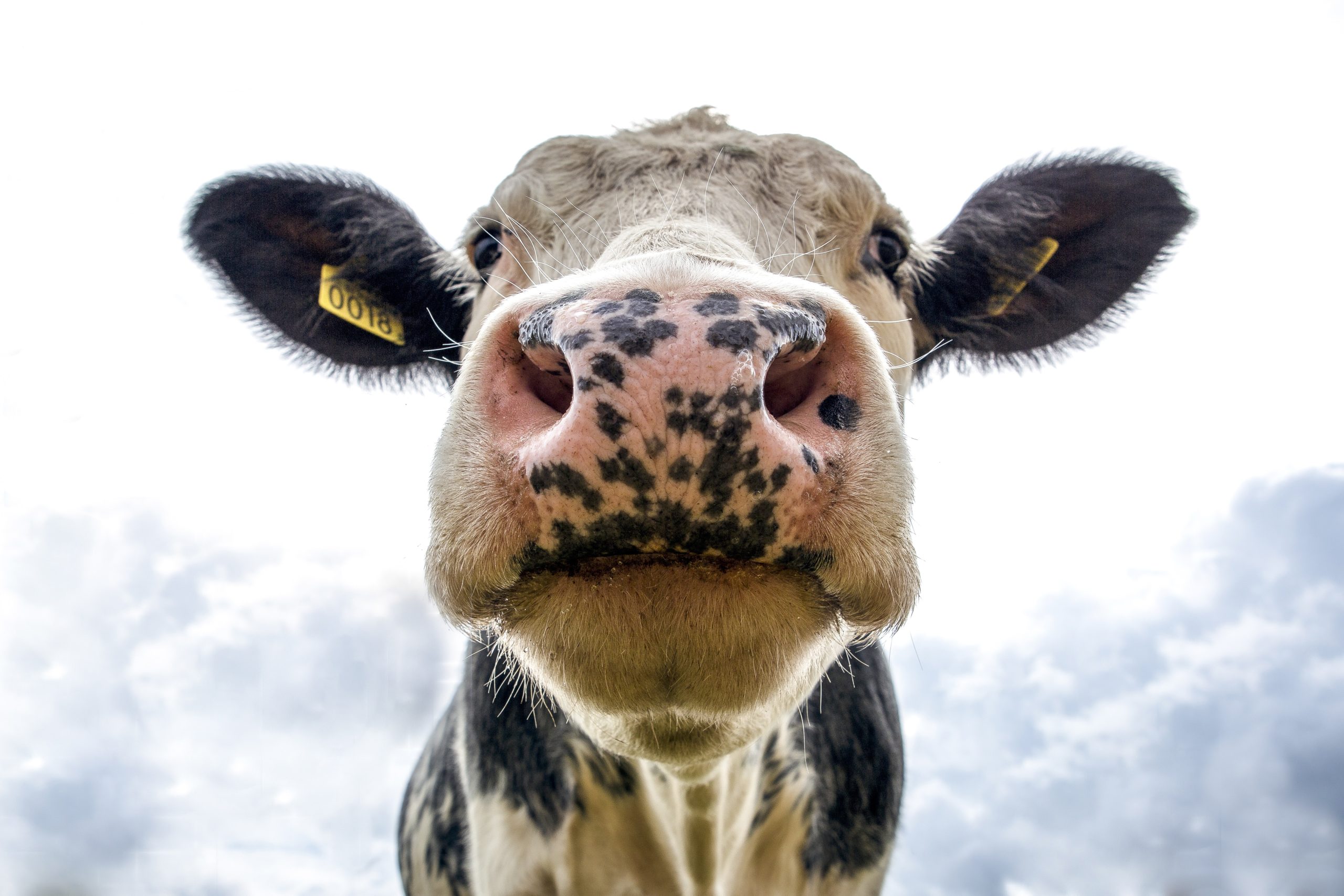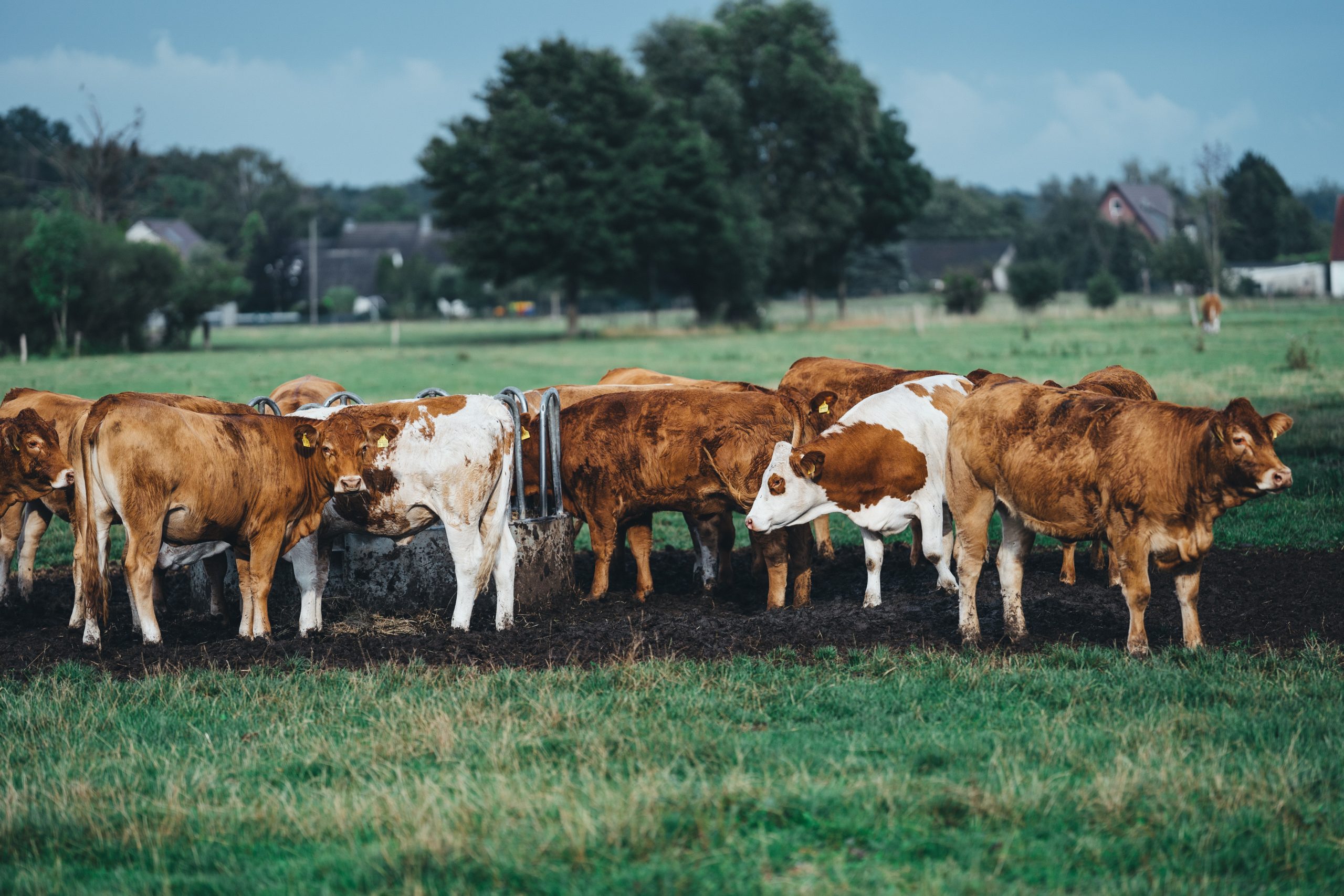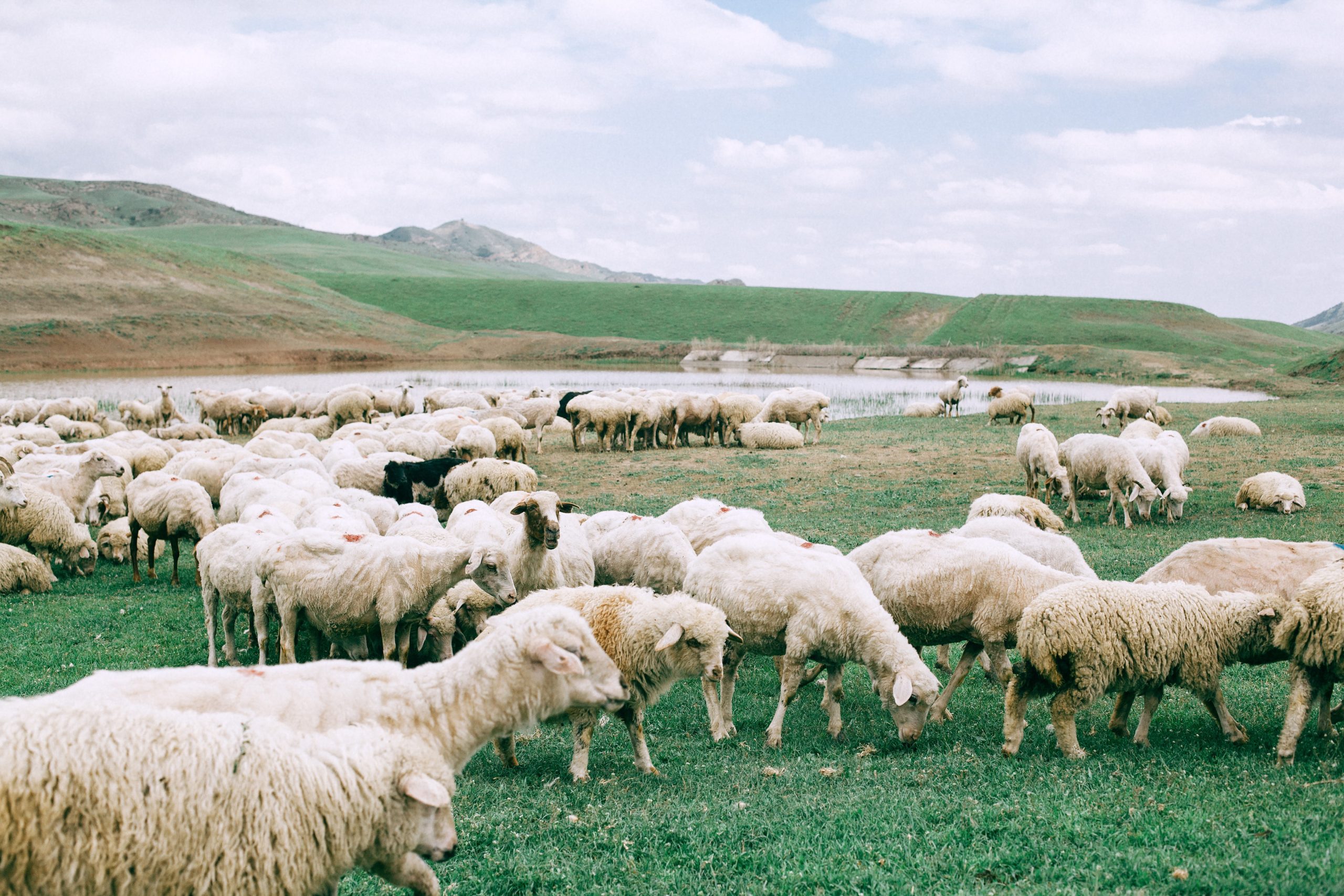Keep milk from fresh cows out of the vat for eight milkings
One of the most important things about milking fresh cows is to ensure that the milk is suitable to go in the vat.
There are three threats to milk quality in a fresh herd – the risk of residues (from antibiotics or teat sealants), high cell counts and colostrum. For these reasons, milk must be kept out of the vat for a minimum period of eight milkings (and at least 10 milkings for induced cows).
Dr Pauline Brightling, Countdown Downunder project leader offers a word of caution – ‘eight milkings’ assumes eight complete milkings with normal post-calving production.
“If cows are very slow to come on their milk, or are only partially milked, the time period before milk is appropriate for the vat may be longer. If you are not certain about the suitability of milk, don’t include it. Ask your veterinarian or dairy company field officer for more information,” said Dr Brightling.
Attention to fresh cows that had teat sealant at drying off
Many farmers have recently started using, or increased their use of teat sealants in cows at the time of drying-off. This type of product provides a non-antibiotic approach to protecting cows from environmental mastitis during the dry period. They are infused into the teats after the last milking and stay in the lower part of the teats throughout the dry period physically preventing bacteria from entering the teat ends.
Teat sealant material is visible in the foremilk of all treated quarters after calving and is removed by sucking calves or manually at milking. Teat sealants are composed of bismuth subnitrate, liquid paraffin and aluminium stearate. Bismuth has the potential to cause black spot blemishes in maturing cheese. Therefore it is very important to minimise the levels of residual teat sealant entering the vat from fresh cows.
Countdown Downunder suggests the following steps to minimize the risks of residual teat sealants entering the vat:
- At the first milking strip each treated quarter at least 10-12 times – This aims to remove the bulk of the teat sealant without coming into contact with the milk lines or rubber ware (remember to wear gloves)!
- Keep milk from fresh cows out of the vat for at least 8-10 milkings after calving – All cows must have a minimum period of eight milkings (10 milkings for induced cows) before milk is included for pickup. This is to ensure colostrum and the risk of residues from dry cow treatment products have passed.
- Use a designated cluster and test bucket – Teat sealants can adhere to milk lines and rubberware. Where possible avoid running milk from treated animals through normal milk lines during the first eight milkings.
- Check that your cleaning routine is adequate – Take extra care to follow label directions on the cleaning products you use. Ensure that the water temperate and chemical concentration, and volume used is according to the directions. Change filter socks regularly, especially if there is visible teat sealant present.
TLC for fresh cows to prevent mastitis
Treating and managing cases of mastitis in fresh cows can be a nightmare – especially if the first few cases represent the beginning of a major problem. To avoid being overwhelmed with mastitis at calving, it pays to put your energy into prevention.
Mastitis infections occur when bacteria enter the udder through the teats. To minimise the risk of new mastitis infections, reduce the number of bacteria near the teat end at milking and improve the condition and health of the teat skin.
A clean, dry calving area is the start. This minimises the number of bacteria on the teat surfaces.
The next step is to concentrate on what happens at the first few milkings. Strep uberis bacteria that are on the teat skin out in the calving area often pass through the teat openings if milk is dripping or during the milking process.
Bring freshly calved cows into the shed as soon as possible after calving. The sooner the udder is completely milked out, the better the chance of flushing away invading bacteria that cause mastitis.Fresh cows have teats that are tight and tender. Teat skin is often dry (the last teat spray emollient was weeks ago) with extra dirt and manure.
For the first milkings, when the risk of new infection is highest, it’s really worth an extra investment in teat preparation. Spend a few minutes arranging your shed routines so that cups go onto clean, dry teats. Extra attention may involve carefully washing teats with a low-pressure hose and drying with a soft individual paper towel for the first few milkings of each fresh cow. Disinfecting each teat with emollient after milking is also essential to reduce bacteria and soften skin.
If you are using test buckets, ensure fresh cows are never milked with clusters that have been used on mastitis cows.
Remember every clinical case is disruptive and costly, so it is essential to keep cows mastitis-free from the start of each lactation. A special milking routine for fresh cows is a small investment that can give large returns.



